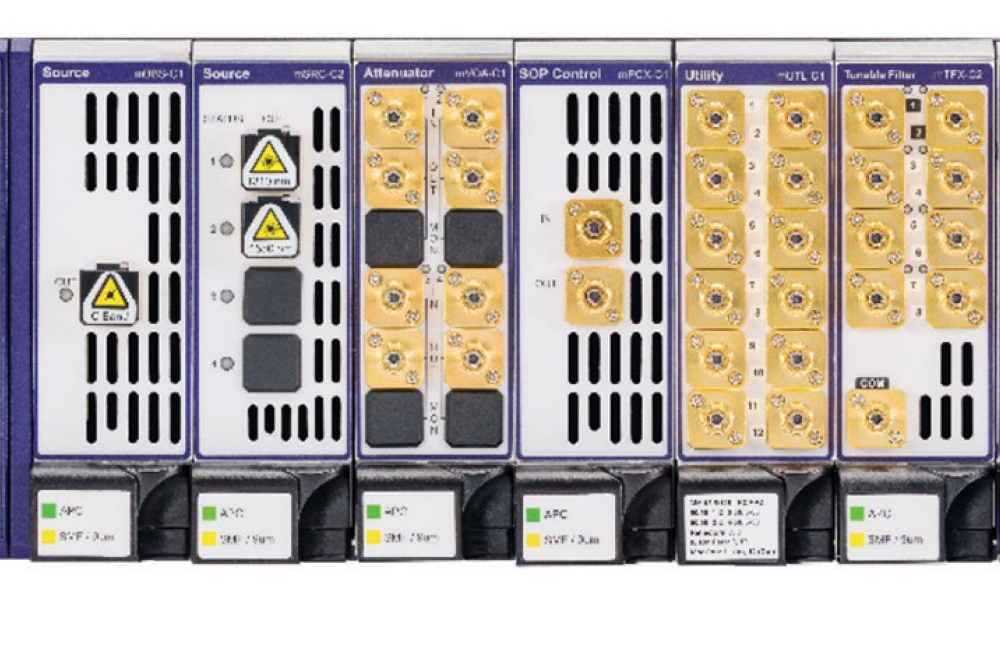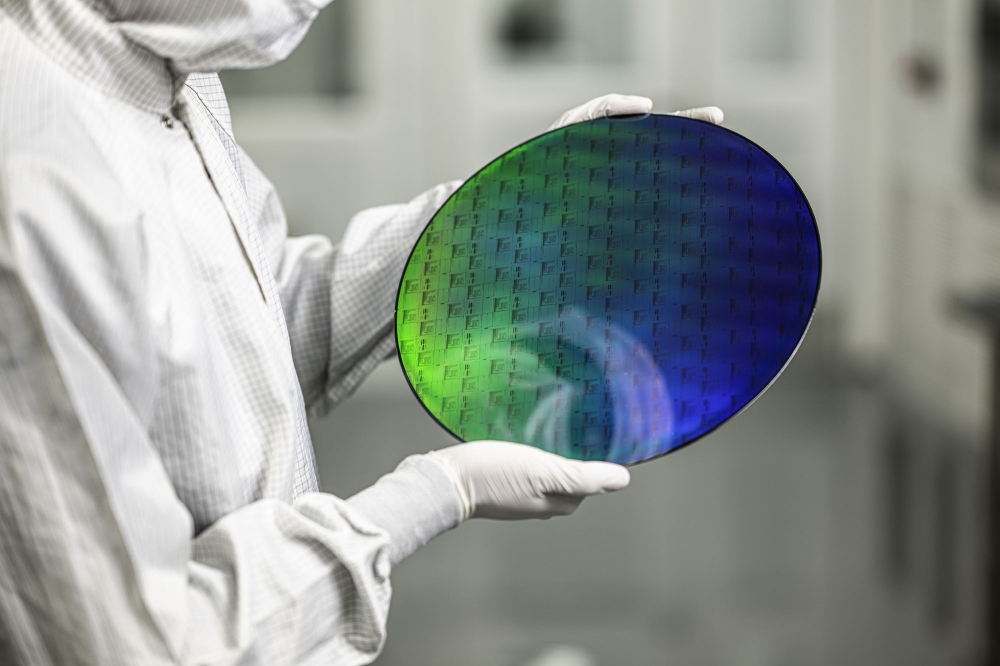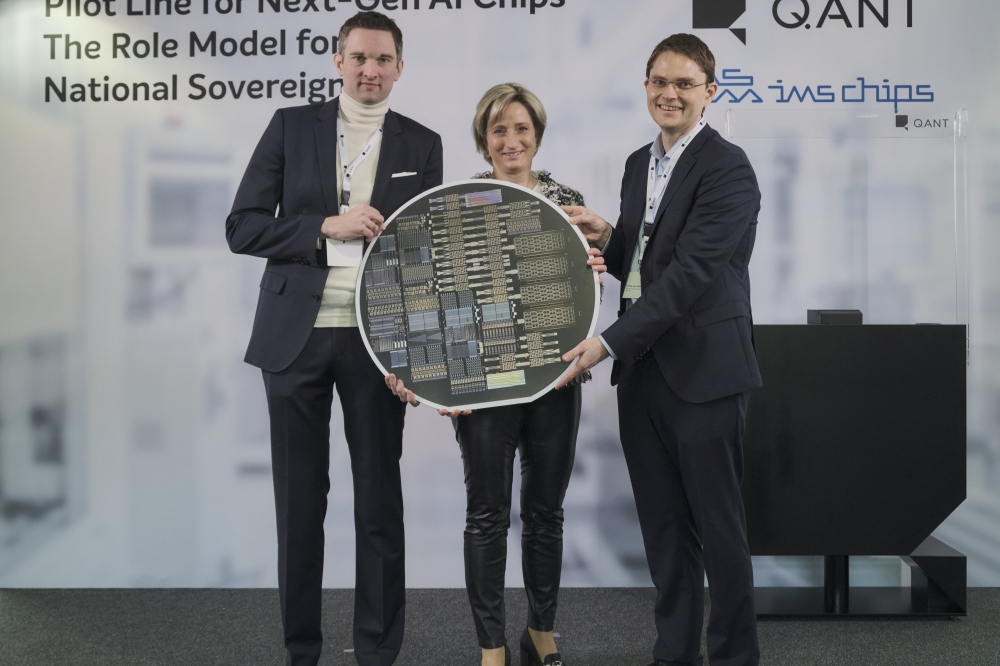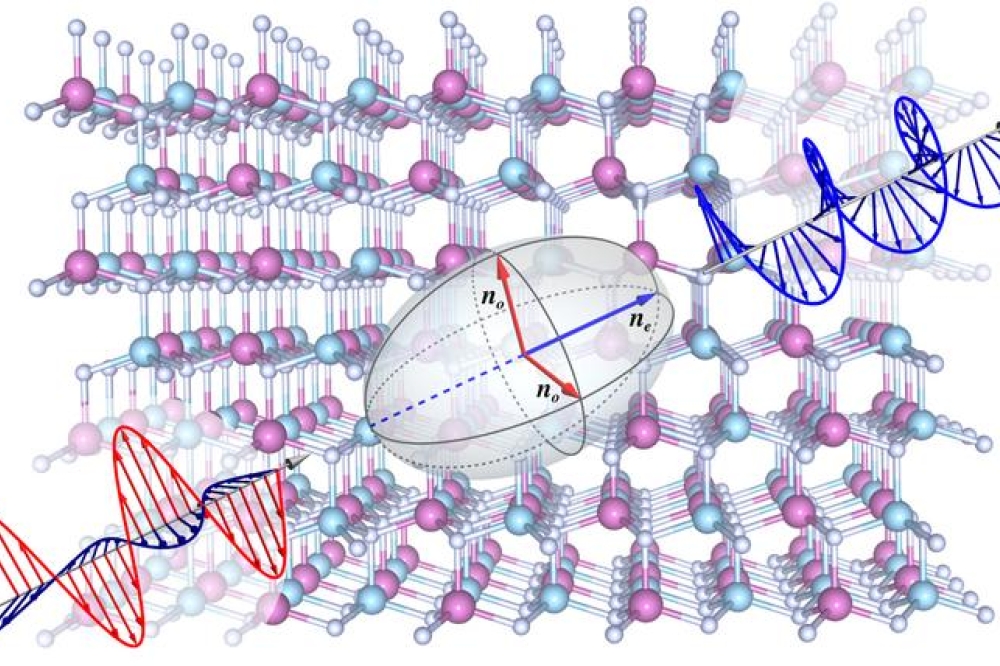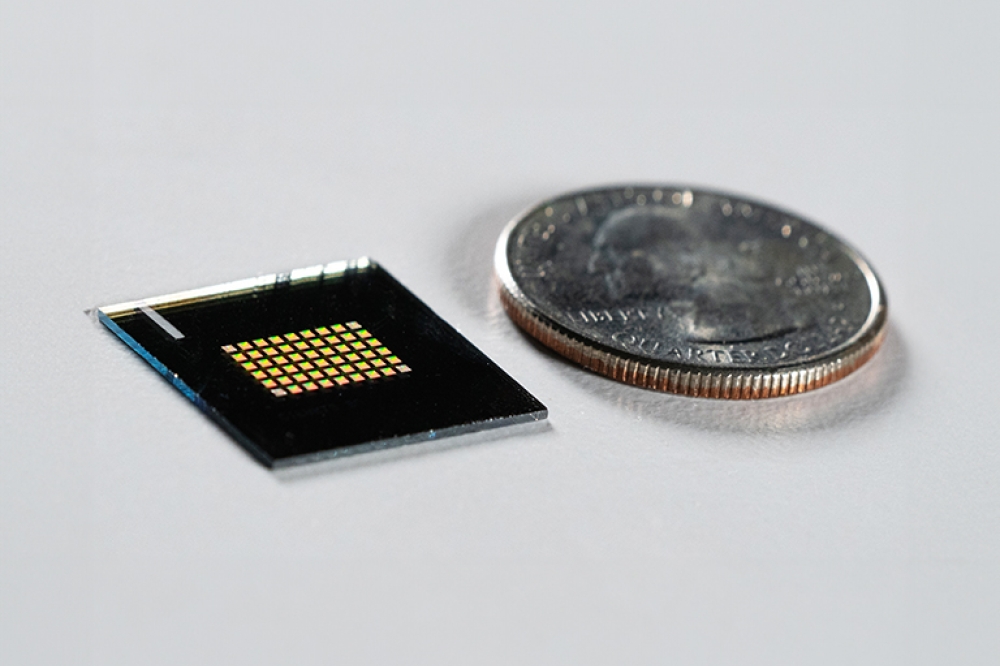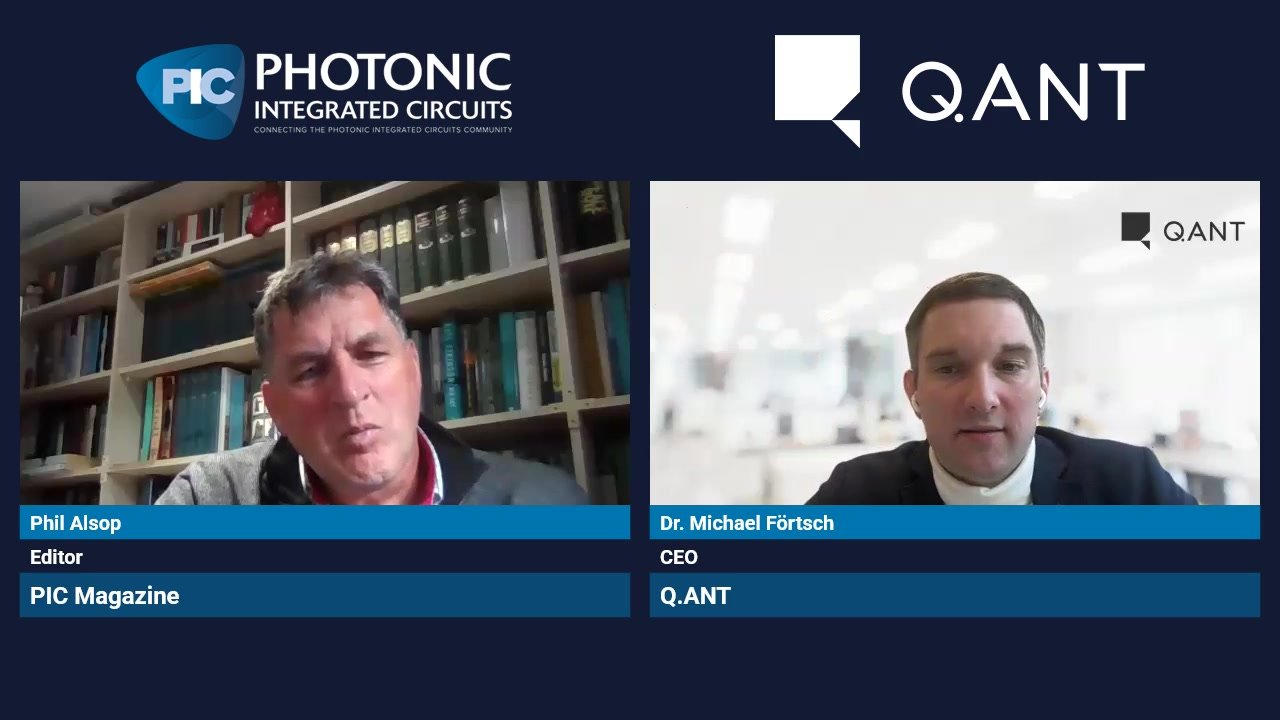OpenLight and Tower Semiconductor demonstrate 400G-per-lane modulators

The companies say their achievement of a heterogeneously integrated silicon photonics-based modulator offers advantages for datacom and AI, including small footprint, high bandwidth, volume manufacturability, and efficiency in terms of cost and power
OpenLight, a company focusing on custom PASIC chip design and manufacturing, and Tower Semiconductor, a foundry producing high-value analogue semiconductor solutions, have announced the successful demonstration of a 400G-per-lane modulator on Tower’s commercially available, integrated silicon photonics platform, PH18DA achieving a better than 3.5 dB extinction ratio using the industry standard PAM-4 modulation format and at a drive voltage of 0.6 V peak-to-peak. The 400G demonstration is built using OpenLight’s IP on Tower’s existing silicon photonics platform, which is currently supporting customers at 100G and 200G per lane.
The integrated silicon photonics demonstration is designed to support next generation 400G-per-lane optical communication architectures, offering a scalable solution from 100G to 200G to 400G to fill the growing demand for high-speed data transfer in cloud computing, AI and ML applications. Operating at 400G per lane, across all 4 CWDM (coarse wavelength division multiplexing) wavelengths, the companies say this enables a commercially viable path for both DR8 and FR4 next-generation 3.2T solutions and beyond.
Currently, pure silicon-based modulators are unable to support bit rates of 400G, pointing out a clear need for a cost-effective solution in the industry. For datacom and AI applications, including LPO and CPO, heterogeneous integrated based devices deliver significant advantages: small size, high bandwidth, low drive voltage and volume manufacturability on a silicon photonics platform. In addition to the heterogeneous integration of 400G modulators, lasers, and optical amplifiers all on a single, compact, cost- and power-efficient PIC are available on the platform.
“Our partnership with Tower represents a critical step in the integration of advanced silicon photonics into the datacom landscape. The success of this demonstration sets the stage for groundbreaking advancements in high-speed networking,” said Adam Carter, CEO of OpenLight. “Utilising our existing 200G heterogeneous modulator design, we have now future proofed customers’ PASIC designs from 100G to 200G to 400G per lane, minimising design, layout and time to market as this 400G modulator is a drop-in replacement for existing 200G modulator PASIC designs. The other added benefit of using the same design is the proven high reliability performance and enables the ability to use flip chip processes when packaging into an integrated optical sub assembly.”
Russell Ellwanger, CEO of Tower Semiconductor, said: “We’re pleased to collaborate with OpenLight, leveraging their cutting-edge silicon photonics technology to create a cost-effective approach to support 400G per lane. This is an extension of our PH18DA platform currently supporting customers at 100G and 200G per lane and now providing a robust solution for 400G per lane that is immediately ready for customer prototyping. This is a significant step toward providing scalable, reliable, high-performance and manufacturable solutions for the next generation of optical communications technology. By utilising Tower’s PH18DA platform, this collaboration allows OpenLight’s heterogeneous integration technology to provide a secure path to higher speeds without the need for complex and expensive integration alternatives like thin-film lithium niobate (TFLN), BTO, or polymers.”




